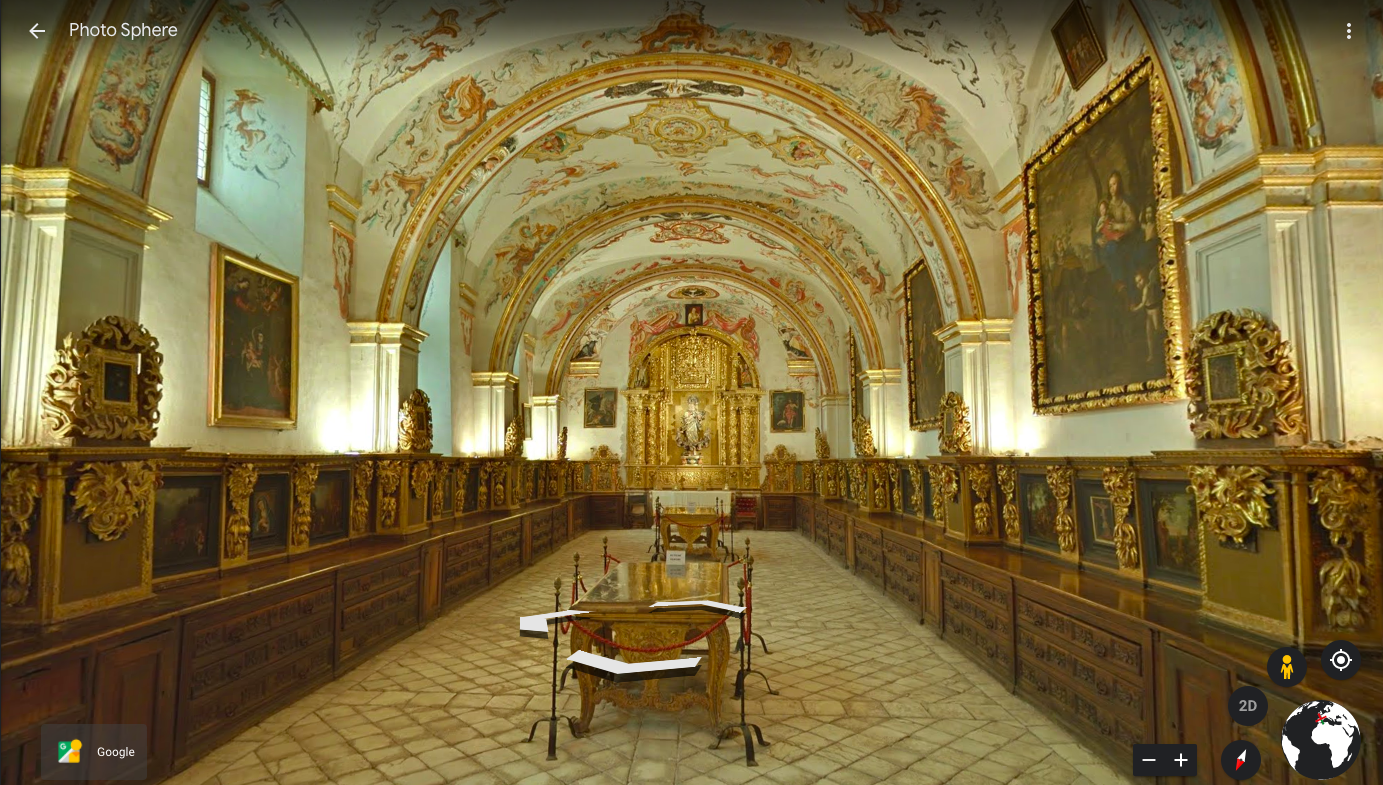Use Google Earth to travel inside and out of these iconic Catholic churches, from the comfort of your own home.
Lenten Campaign 2025
This content is free of charge, as are all our articles.
Support us with a donation that is tax-deductible and enable us to continue to reach millions of readers.
Technology has a way of opening new doors to opportunities that hadn’t been imagined before. Now, technology is opening the doors to some of the most iconic Catholic churches around the world. This time of the year invites us all to dive deeper into our faith and to dedicate a special time to prayer. Although visiting a church in person is not an option at the moment, we now have a chance to do it virtually.
Google Earth is Google’s tool to view places around the world in a 3D representation, thanks to a combination of satellite images and aerial photography. You can virtually fly over any city, watching it from above, find landmarks in 3D and discover buildings up close. However, there are some sites you can explore also from the inside. Aside from viewing their magnificent exteriors, several churches have opened their doors for digital visitors, allowing them to enter and “walk” through their corridors as they would in real life.
The following churches and monasteries are free for virtual visits. All of them are rich in history and in beauty; they are considered UNESCO World Heritage sites and they represent a unique moment in time.
To visit them it’s necessary to use Google Chrome and open earth.google.com. At the top right corner click on “Launch Earth” and then look for these places by clicking on the magnifying glass icon.
Once you have “entered” each site there’ll be a knowledge card with more information. Click on the arrows over the image and walk freely. You can also click on the image with your mouse and move it to see what’s behind and above (some places will want you to look up!).
Basílica de la Sagrada Familia – Barcelona, Spain
This Roman Catholic church was conceived by the legendary architect Antoni Gaudí in 1883 and, because of the complexity of the project, it’s still under construction. Five generations have passed since the first stone was laid and it’s expected to be finished by 2026. Although the Catalan architect couldn’t see its completion, he left behind specific instructions to create a masterpiece for the Catholic Church. Ten years ago, Pope Benedict XVI consecrated and proclaimed it a minor basilica.
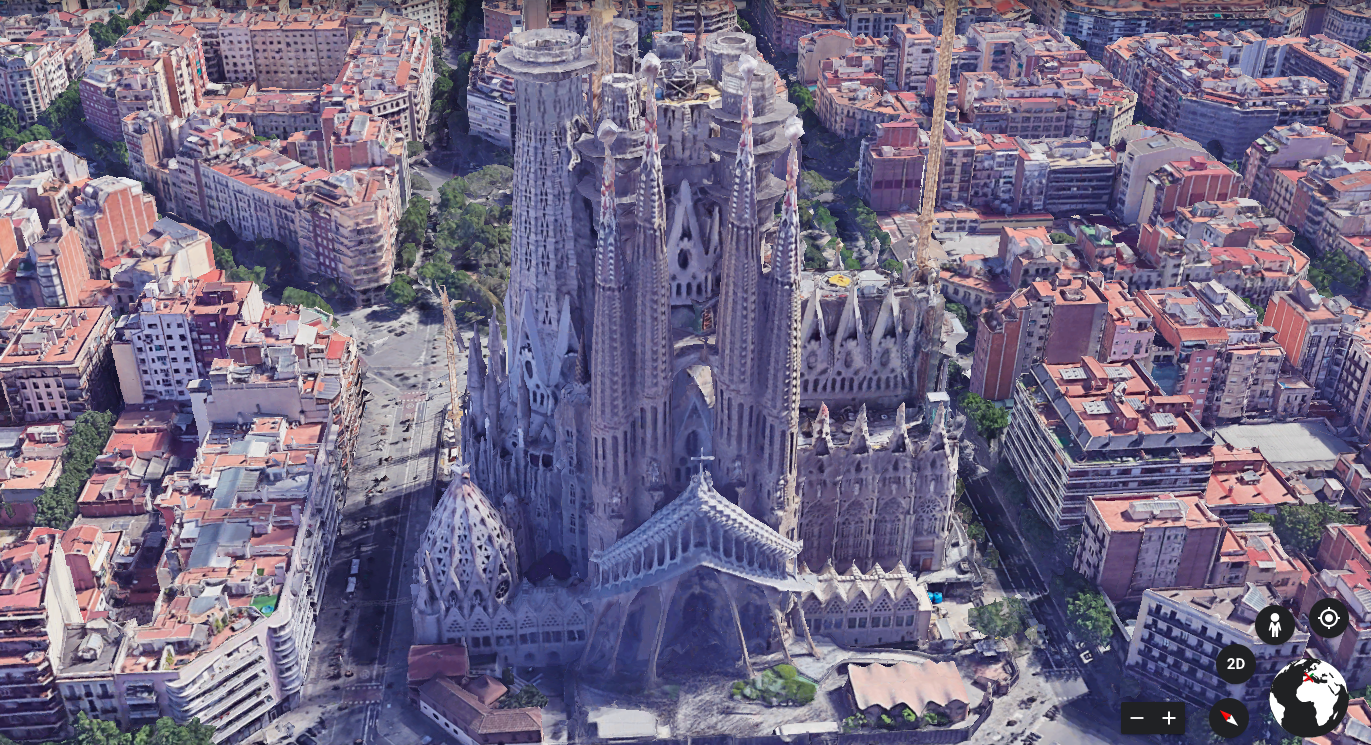
The idea behind the creation of the Sagrada Familia dates back to 1866, when the Spiritual Association of the Devotees of Saint Joseph was founded. The association wanted to create an expiatory shrine dedicated to the Holy Family. It took them seven years to get the funds needed to purchase the land where this church would be constructed. In 1882 they laid the cornerstone during the feast of St. Joseph. Although the church is known to be Gaudí’s creation, he wasn’t the first architect in charge of it. The project was originally entrusted to the architect Francisco de Paula del Villar y Lozano. However, due to differences with the developers he stepped down. It was then when Gaudí transformed the construction into a combination of Gothic and curvilinear Art Nouveau forms. About 70% of the Basilica is already constructed, which is why Masses are held here and people are allowed to visit. The remaining 30% is mostly six central towers which are meant to be taller than the bell towers.
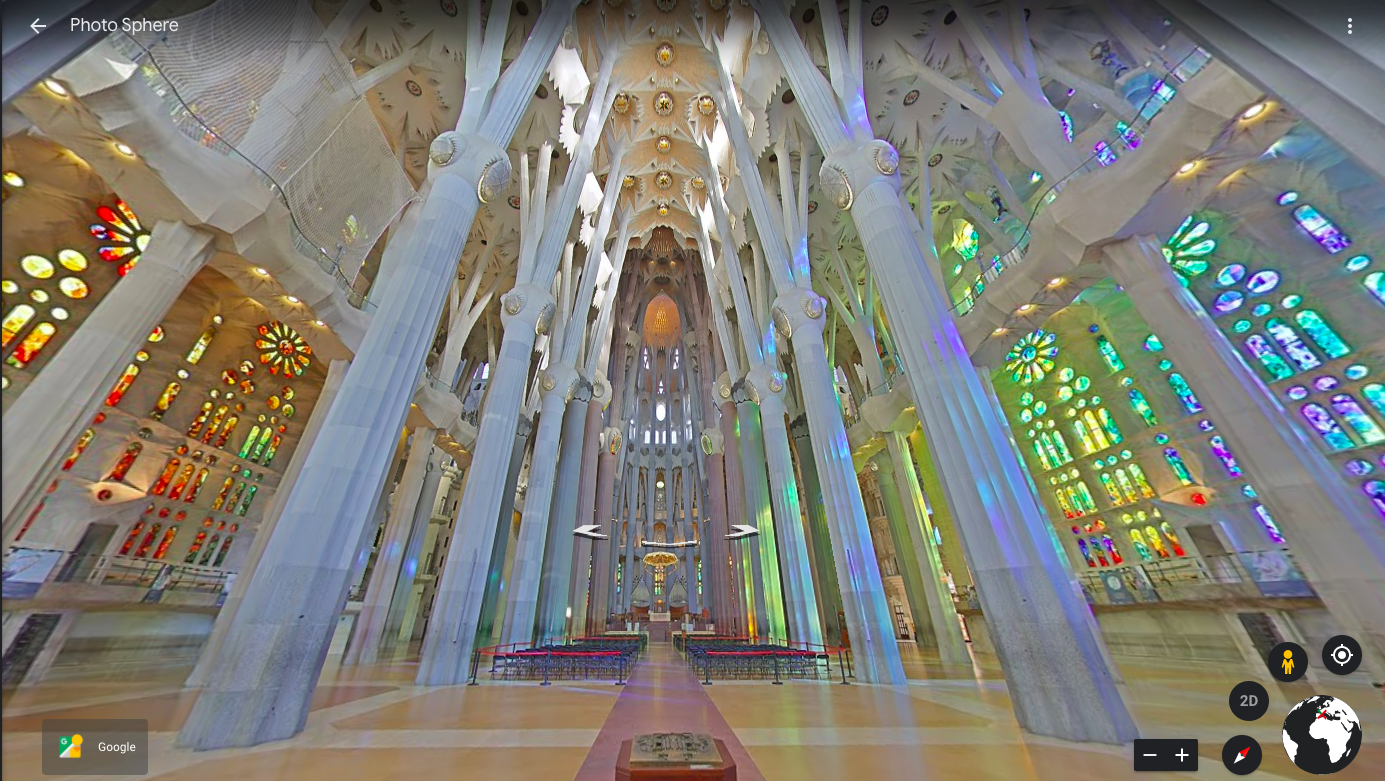
Seville Cathedral – Seville, Spain
The Cathedral of Saint Mary of the See (the diocese) is the largest Gothic cathedral and the third-largest church in the world. Its construction dates back to the 12th century, but it wasn’t completed until the 16th century. During this time it went through several transformations, and it wasn’t until the early 1400s that the construction of the cathedral as we know it began. After its completion, the Seville Cathedral supplanted Hagia Sophia as the largest cathedral in the world.
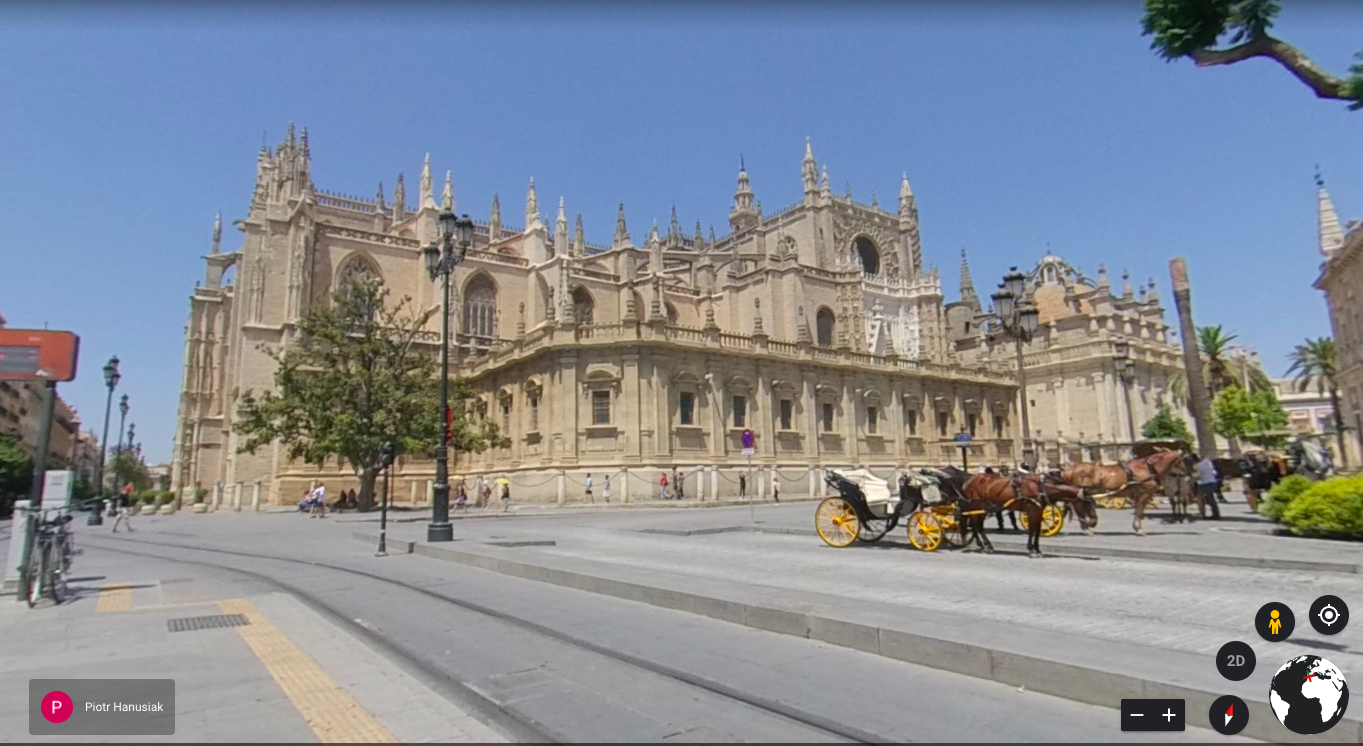
The major altarpiece is the largest one in the world and it’s considered one of the most impressive wooden structures of its time; it has over 200 figures representing saints. The cathedral is also home to over 600 art pieces from some of the most important artists in history, such as Goya. Additionally, this is the burial site of Christopher Columbus. Daily Masses are celebrated there as well as some additional events that highlight the church’s beauty, such as organ concerts, conferences and cultural visits.
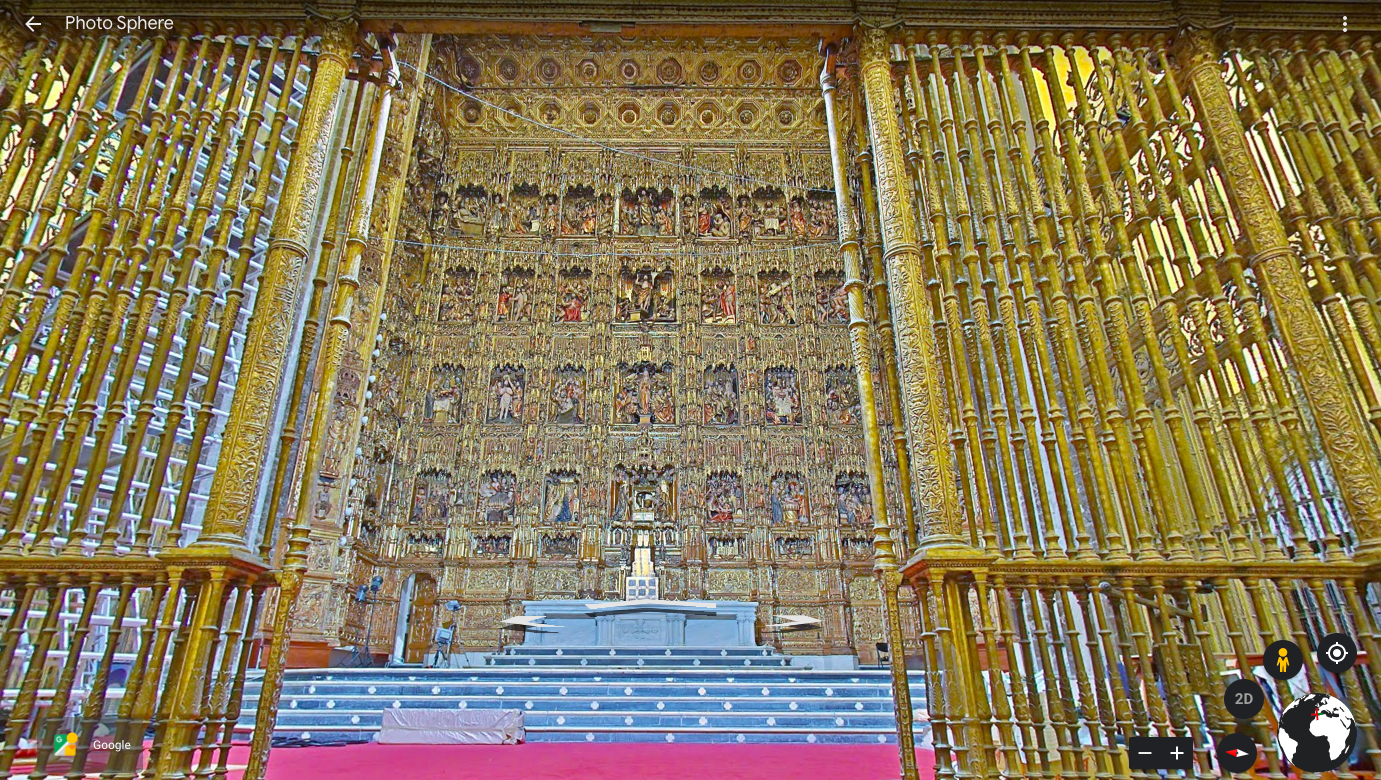
St. Michael Archangel Church – Binarowa, Poland
Considered one of the oldest wooden churches in the region, this church dates back to the 1500s. During its over 500 years of existence, it has gone through several transformations, in which some of its woodrn pieces were replaced by other materials, such as tin. However, during the 1990s it was restored to its wooden glory.
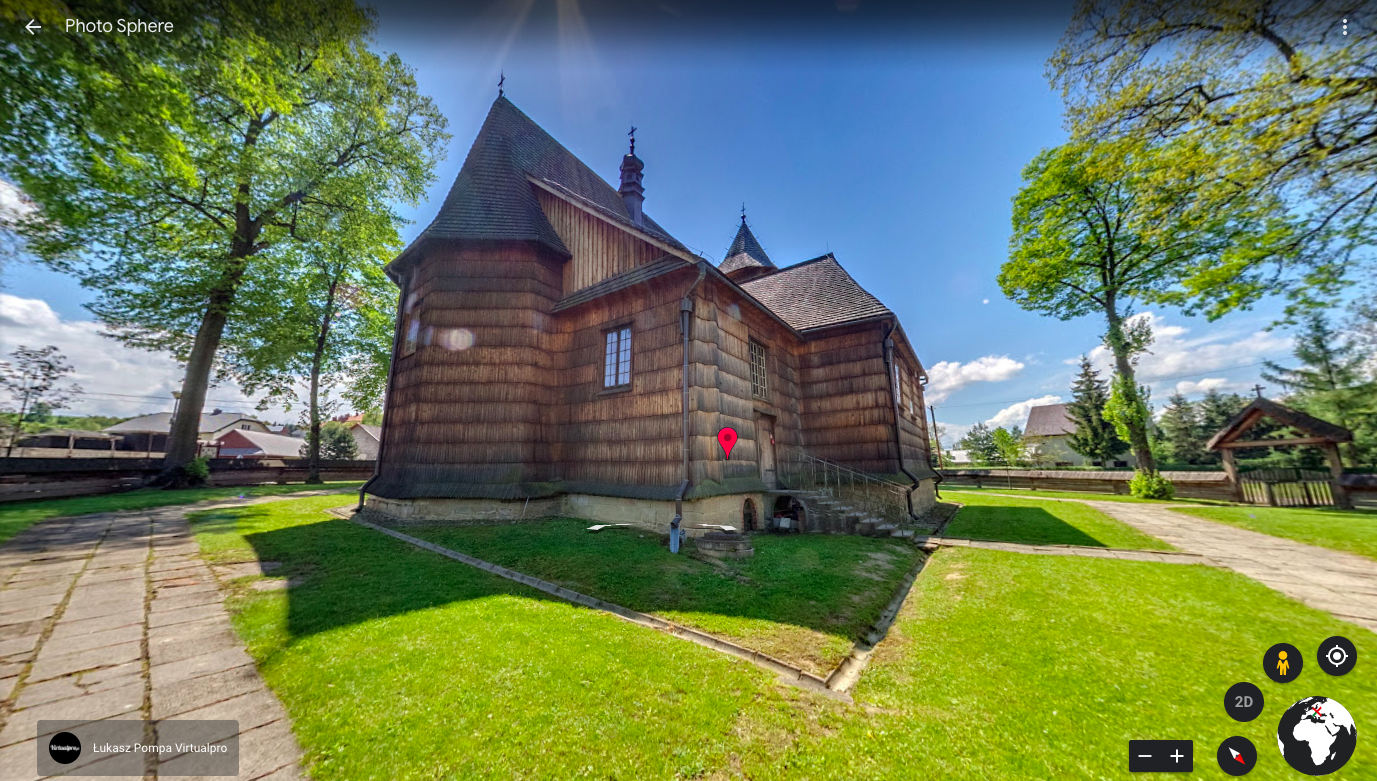
Aside from its wooden architecture, the inside of this church is rich in art. Most of its interiors are covered with paintings from different periods in time. There are paintings on the ceiling of the nave that were created during the early 1500s, sculptures of the late-14th century and early-15th century and an ancient bell from the 15th century. During the 1600s the Chapel of Guardian Angels was added to the construction, which has become an attraction by itself.
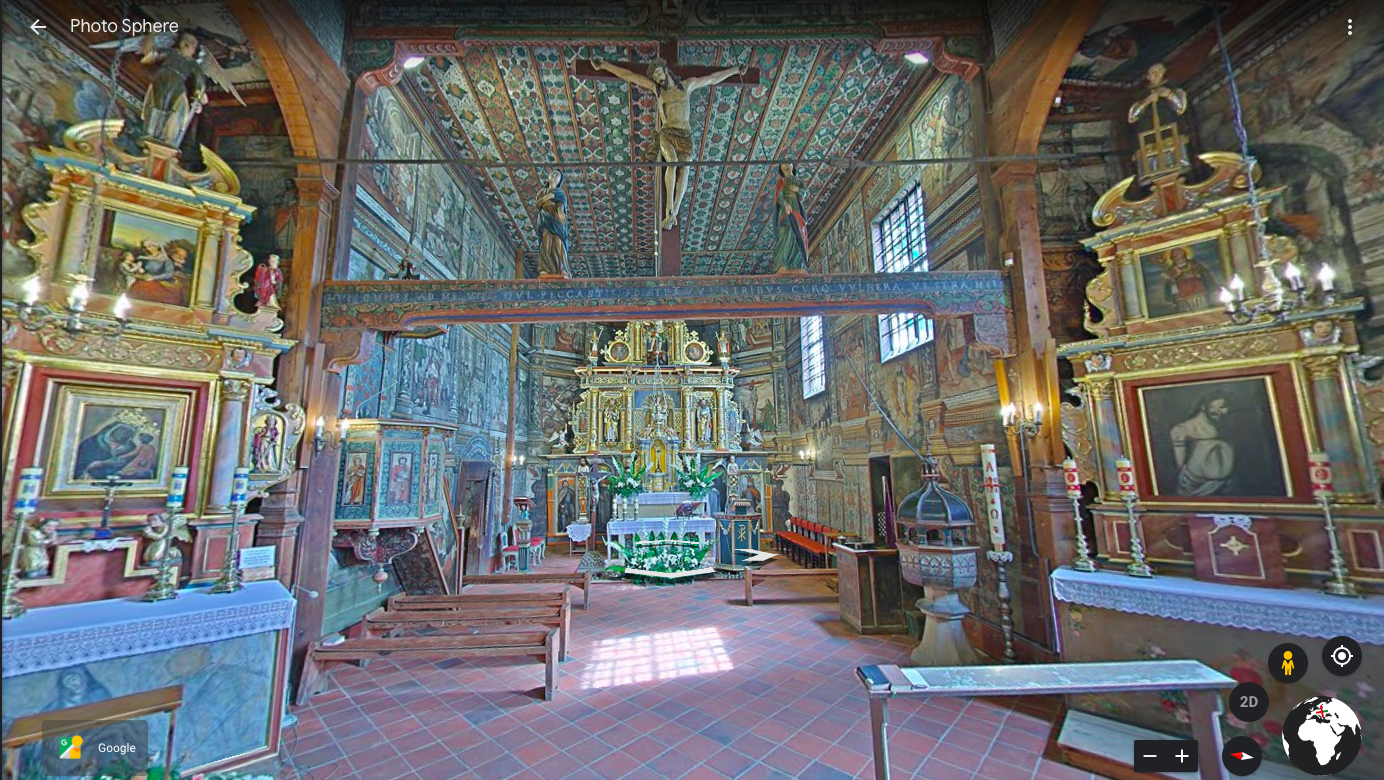
Monastery of San Millán de Yuso, San Millán de la Cogolla, Spain
There are two monasteries in the area, one called San Millán de Suso, built during the 6th century, and one called San Millán de Yuso, built during the 11th century. Both were built in the town that’s considered the birthplace of Spanish language.
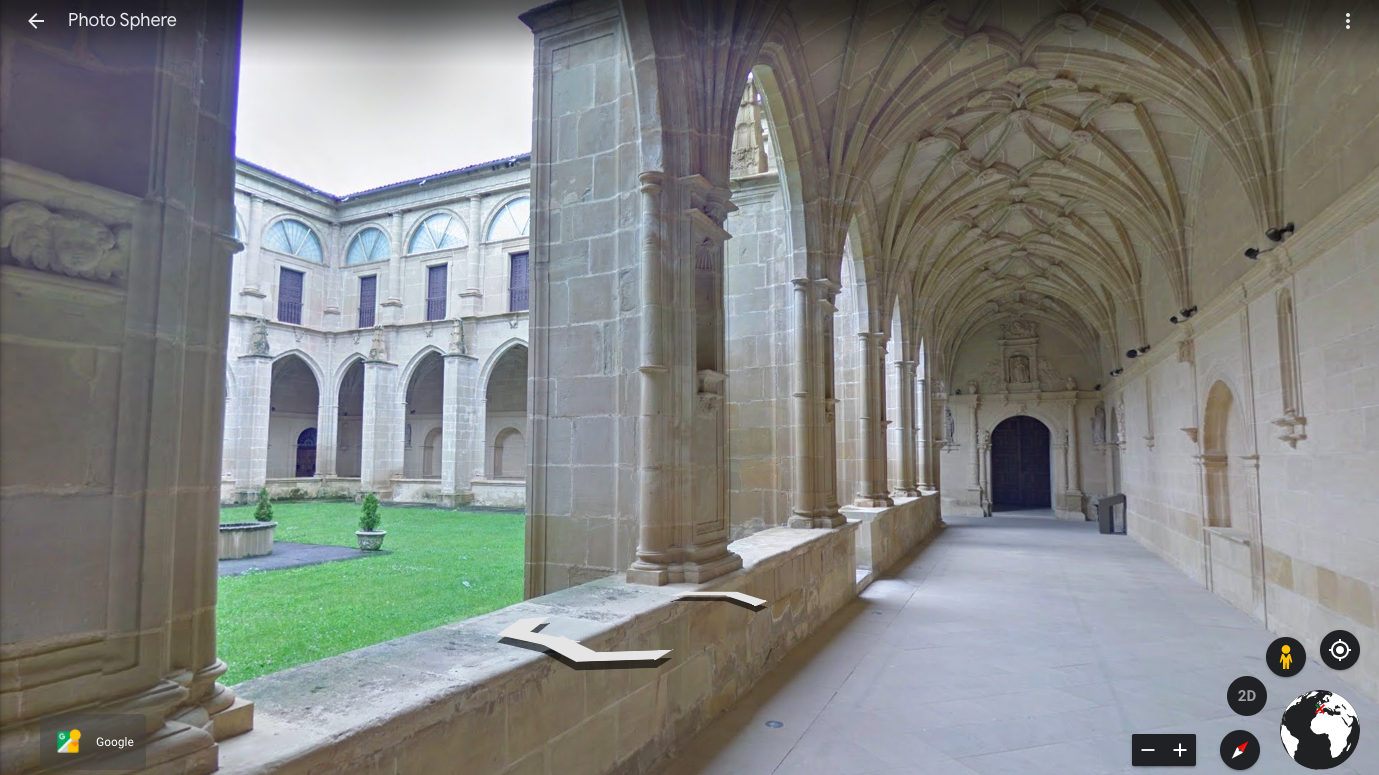
There’s a legend that says that King García of Nájera ordered the remains of San Millán de Suso to be moved to the monastery of Santa María La Real de Nájera. However, the carriers of the remains got stuck in the ground and were unable to leave the valley. The king understood it was the saint’s desire not to leave the valley and therefore ordered the construction of a new monastery there, called Yuso. This monastery is a masterpiece of architecture and is full of art pieces, such as the large Baroque door at the entrance, the royal staircase and the cloisters that guard 24 paintings by José Vexes. The sacristy is one of the most beautiful rooms of the monastery, covered in gold, white and wood. The paintings on the ceiling date back to the 18th century and have been very well preserved.
